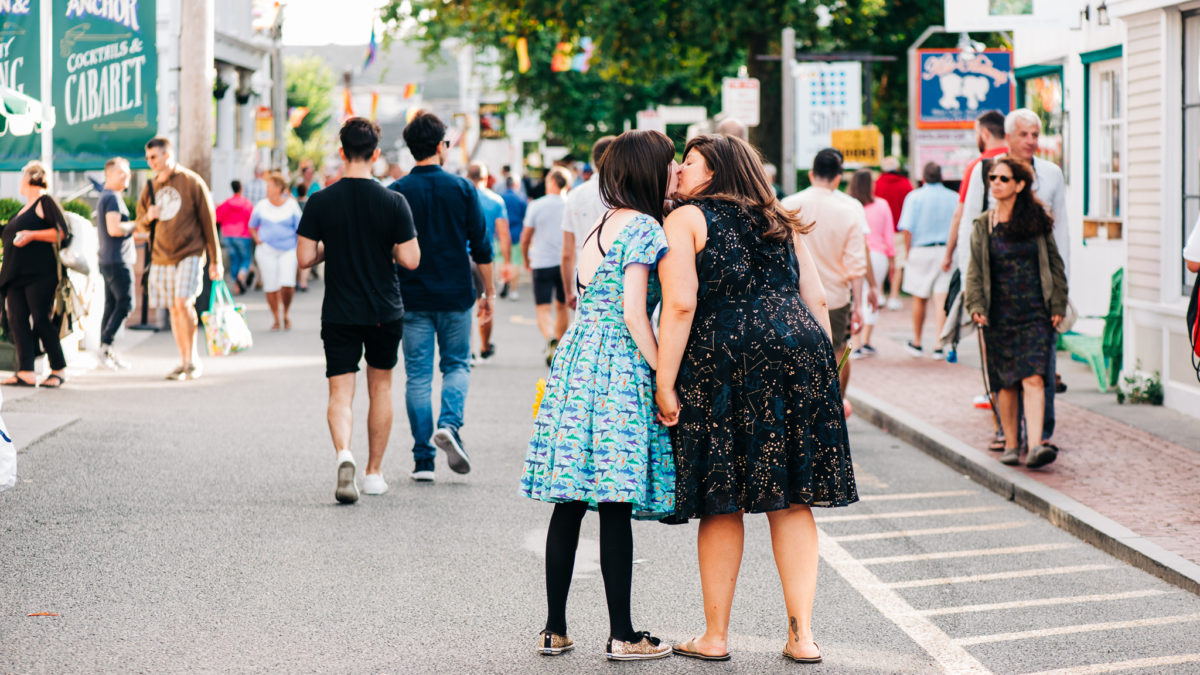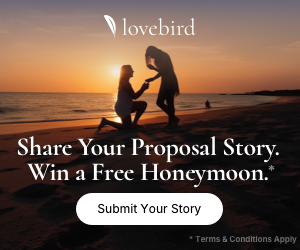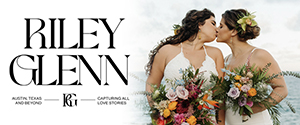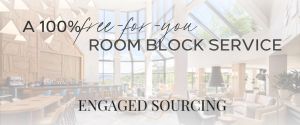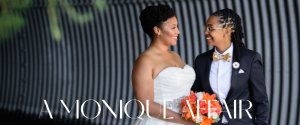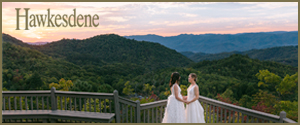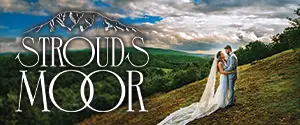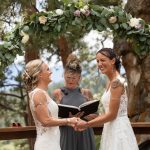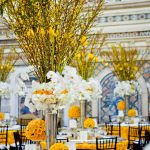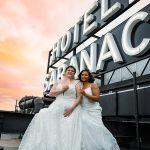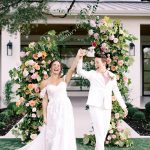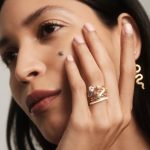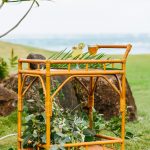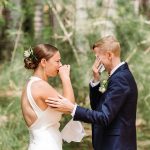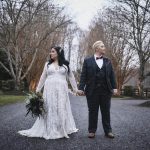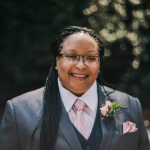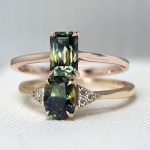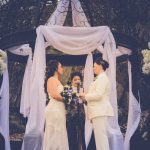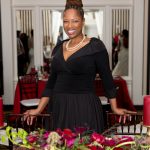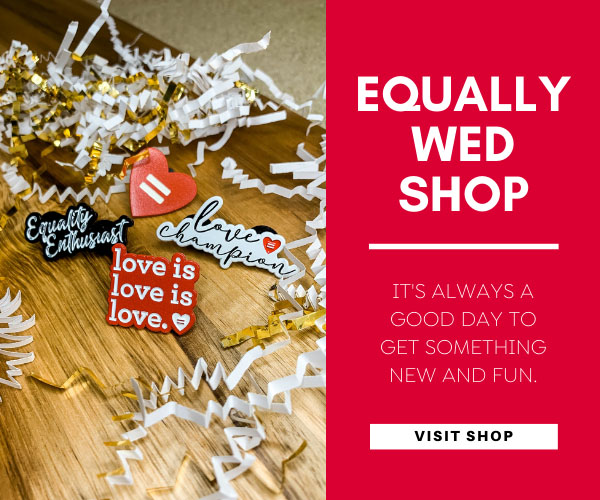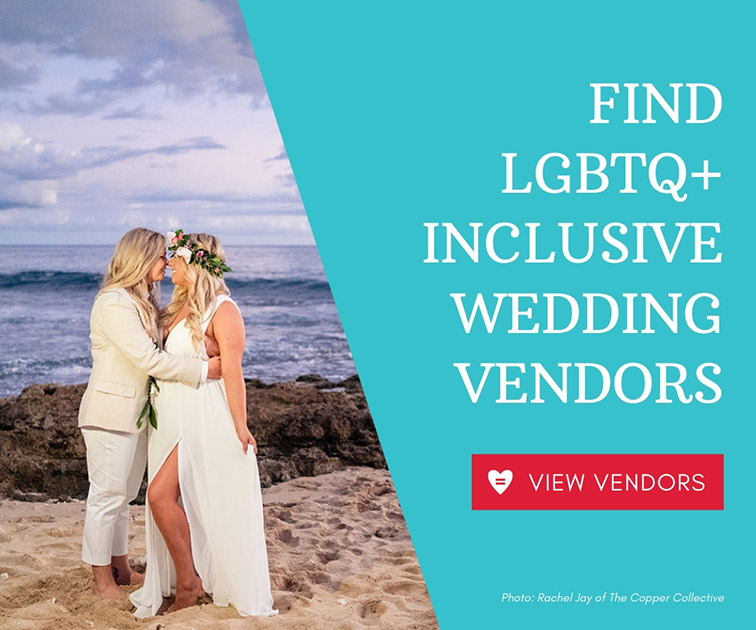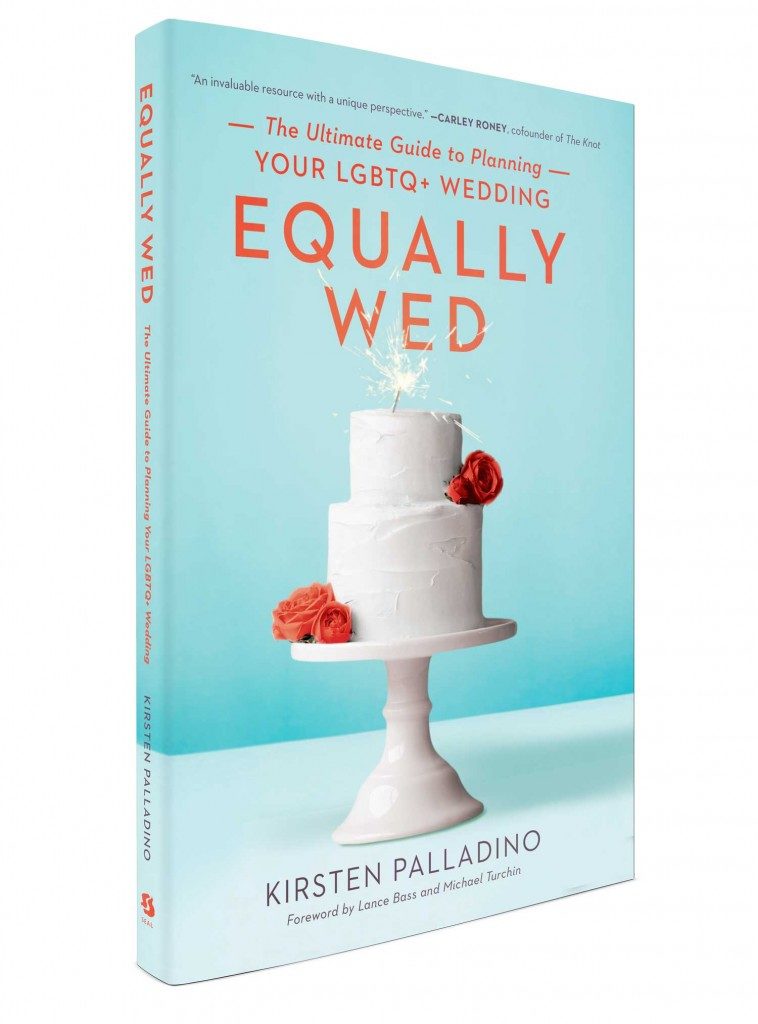My friend Sabrina and I were walking together toward the hotel where we were both staying when she said, “It’s nice to see you and Macey really celebrating your engagement.”
I hadn’t thought much about it before that moment, but it’s true — my fiancée, Macey, and I have been more outspoken and open about our engagement than we have at any other time in our 10-year relationship.
When we started dating, Macey and I both weren’t completely out to everyone. I was still reeling from the homophobia I experienced when I first came out. I’d lost several friends, I was bullied at school and people harassed me and even followed me home to threaten me.
https://www.instagram.com/p/BneeoO-APBY/
Our relationship began quietly, and we kept it quiet out of necessity. Like many LGBTQ+ couples, we were terrified of discrimination and violence. There were so many moments when I wanted to be as loud and proud of our relationship as our straight friends could be, like when I took Macey to our senior Prom or when we celebrated five years together.
Even though we’re very fortunate — we both grew up outside of liberal Boston and our families accept us as we are — we’ve also been jeered at and made fun of simply for holding hands while we’re walking or stopping to kiss in the middle of the park.
The reality of anti-LGBTQ+ violence is so palpable that we collectively held our breath when we recently watched an episode of Sex Education where Eric’s father warns him about going out dressed as a character from Hedwig and the Angry Inch. Macey and I have witnessed and experienced enough hatred that the moment felt familiar even though, unlike Eric, we aren’t Black gay men. According to an NPR poll, more than half of LGBTQ+ Americans have experienced violence, threats or harassment because of their sexual orientation or gender, and those numbers are even higher for LGBTQ+ people of color, who are six times more likely to avoid calling the police because of anti-LGBTQ+ discrimination. Hiding our queerness can be a necessary choice when we’re afraid that visibility will be met with violence.
There are upsides to the fact that we aren’t over-the-top in our romantic affection. We don’t make anyone feel like a third wheel. We aren’t so engaged in PDA that people kind of want to look away because they feel uncomfortable. The fact that we’re so quiet about our romance and intimacy has really helped us develop a core community of friends who aren’t just her friends and my friends — they’re our friends.
I’m grateful for that because I never want to be someone who prioritizes my romantic relationship over all other relationships, but there are times when I just want to soak in all the happiness that comes from being in a queer romantic relationship. When our friend Jon and his now-fiancé Alec started dating, I felt a wonderful gay energy and joy as he introduced us to his new beau and they went on their first few dates. I wanted to celebrate. There’s something incredibly powerful about seeing other LGBTQ+ people thriving that reminds me that I don’t always have to hide my relationship or save my kisses for when we’re alone.
After we got engaged, I finally had my moment to fully celebrate the years we’ve spent together. Once we’d told all our close loved ones, I shared a photo from the proposal on social media. It wasn’t the first time I’d publicly posted about our love; I’ve written about it for several magazines (and our love story was once shared by George Takei on Facebook) and I always say something on our anniversary.
https://www.instagram.com/p/BnRPWDtgDLn/
I didn’t stop with sharing our news. I decided I’d keep sharing photos from our proposal and engagement photo shoots, and that with each photo, I would share a story about our relationship. Some stories were iconic moments, like our first kiss. Other stories were about smaller pieces of our relationship, a walk on the beach, a shared book, a phone conversation across state lines.
What the stories had in common were that they were celebratory and visible. The stories are my way of taking up space as a queer person. Sharing every part of me and celebrating my queerness is an act of radial self-love in a world that doesn’t want me to exist.
Society wants me to be palatable and fit inside a neat box, and my lived experience as a queer disabled person is anything but. Like Sex Education‘s Eric, when I was a teenager, adults encouraged me to tone down my colorful, flashy outfits, which were my primary realm of self-expression. And like Eric, I knew that I would be hurt either way, whether I decided to hide who I really am or showcase it to the world, and I would rather be unapologetically queer.
When I tell my love stories, I’m not just sharing my relationship history. I’m telling the world that my experiences are valid and worthy, that I deserve to own my narrative, that there’s space for people like me.
I’ve spent the better part of my life — since I first came out as queer at thirteen — as a visibly LGBTQ+ person, and yet I have not always been as celebratory and as proud as I seem to be. I’ve stayed quiet for legitimate reasons, as I remembered a week ago when someone was homophobic and transphobic to my friend on one of my Facebook statuses.
That doesn’t make me any sadder to admit that I have subdued my queerness, particularly in public spaces. I have hidden my queer relationship. I’ve allowed animal shelter managers, real estate agents, hotel service staff, wait staff, Uber drivers and more assume that Macey and I are just friends. Maybe to make things easier. Maybe to avoid the potential fallout of hate and homophobia. Maybe because, especially when I have my cane with me, I feel like a target for violence. Maybe because some part of me will always be that thirteen-year-old teenager who was followed home after school by classmates who told me they’d burn me with cigarettes for liking girls, who ate lunch in the library because I was tired of being taunted by people walking by my lunch table.
https://www.instagram.com/p/BrRHpsRnaLv/
Celebrating my queerness is an act of radial self-love in a world that doesn’t want me to exist.
There is a power (and privilege) in being able to be open about my queerness, to celebrate my engagement and upcoming wedding. When Macey and I stayed in Provincetown, Massachusetts, for the long weekend after I proposed to her, I felt the immense safety and love that comes from being in an LGBTQ-centric space.
We weren’t the only feminine people holding hands. We walked underneath Pride flags and sat down for a drag brunch. We talked to a staff member at our hotel about her wife. We asked an art store owner about his husband. We bought queer art, shopped at queer businesses, saw queer couples out to dinner at the same restaurants. It’s deeply affirming to be in a space filled with so many other LGBTQ+ people, where we don’t have to fight so hard just to be ourselves.
I felt the immense safety and love that comes from being in an LGBTQ-centric space.
https://www.instagram.com/p/BqDXSVdn3Oj/
Many people have reached out to tell me that they love reading the small love stories I’m sharing in each memory with my engagement photos. They’re learning new facets of Macey’s and my relationship; they’re peeling back the layers and discovering things about us that we don’t talk about much because we keep so much of our intimacy and romance to ourselves.
In the months before our September wedding, I’ll be finding new ways to revel in our celebration. I’m going to show up as I am: Unapologetically queer, holding hands with my partner and wearing glitter sneakers.



